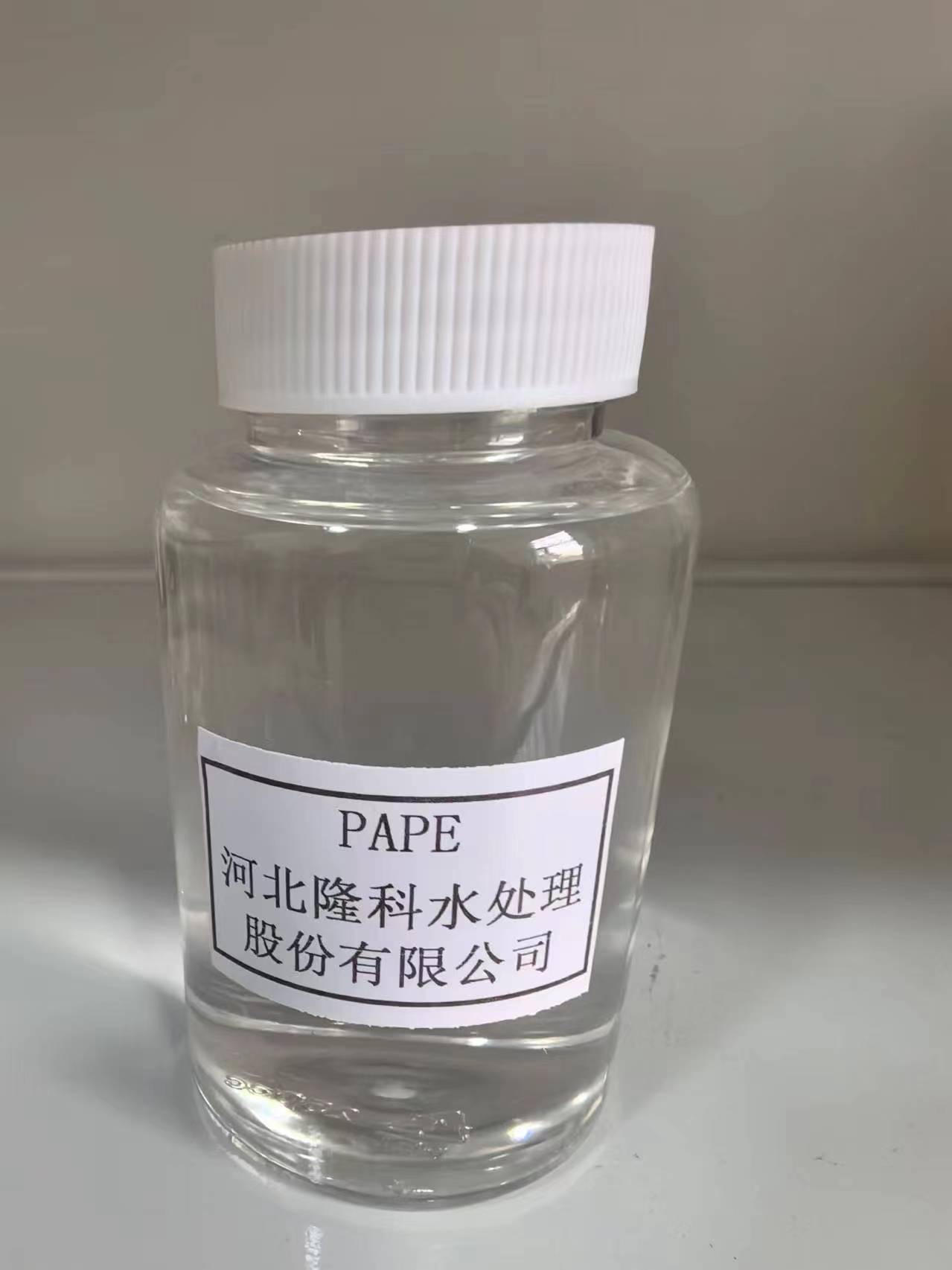diethylenetriamine penta methylene phosphonic acid
Understanding Diethylenetriamine Penta Methylene Phosphonic Acid and Its Applications
Diethylenetriamine penta methylene phosphonic acid (DTPMPA) is a versatile and widely used chemical compound, characterized by its phosphonic acid functional groups, which lend it unique properties for various industrial applications. With an increasing focus on sustainability and efficiency in various sectors, DTPMPA has garnered significant attention due to its effectiveness in numerous processes such as water treatment, scale inhibition, and corrosion control. This article aims to elucidate the structure, properties, and applications of DTPMPA while highlighting its significance in contemporary industry.
Structure and Properties
DTPMPA is a polyaminophosphonic acid with five phosphonic acid groups attached to a central diethylenetriamine backbone. The presence of multiple phosphonic groups enhances its chelating ability, allowing it to form stable complexes with metal ions, particularly calcium, magnesium, and iron. This chelation capability is crucial in preventing scale formation and mitigating corrosion in various processes.
The chemical formula of DTPMPA is C10H30N3O15P5, and it exhibits high solubility in water, making it suitable for various applications that require aqueous solutions. It operates effectively across a wide range of pH levels, providing flexibility in its usage in different environments. Additionally, the good thermal stability of DTPMPA ensures its effectiveness in high-temperature applications.
Applications
One of the primary applications of DTPMPA is in water treatment, where it acts as an antiscalant to prevent the deposition of scale-forming minerals. In industrial water systems, such as cooling towers and boiler systems, the presence of calcium carbonate and other scales can significantly reduce efficiency and increase maintenance costs. DTPMPA's ability to inhibit scale formation helps maintain heat exchange efficiency and prolongs the lifespan of equipment.
Furthermore, DTPMPA plays a crucial role in corrosion inhibition. It can form protective films on metal surfaces, thereby preventing oxidizing agents from causing deterioration. This application is particularly beneficial in oil and gas industries where pipelines and equipment are susceptible to corrosion due to exposure to harsh environments.
diethylenetriamine penta methylene phosphonic acid

In the agricultural sector, DTPMPA is used as a chelating agent to enhance nutrient availability and uptake by plants. When used in fertilizers, it helps in stabilizing micronutrients such as zinc, iron, and manganese, ensuring that these essential elements are readily available for plant uptake. This feature is vital for enhancing crop yields and improving the quality of produce, especially in areas with nutrient-deficient soils.
Additionally, DTPMPA has applications in the textile industry where it is used as a dyeing and finishing agent
. Its ability to sequester metal ions helps in preventing the formation of stains and facilitating the removal of discoloration from fabrics.Environmental Considerations
As industries increasingly focus on sustainability, DTPMPA offers a favorable profile compared to traditional phosphonates. Its biodegradable nature and lower toxicity make it an environmentally friendly alternative to more hazardous chemicals. This aspect is particularly significant as environmental regulations become more stringent globally.
Moreover, the efficient use of DTPMPA in water treatment can lead to reduced chemical consumption and lower waste generation, aligning with sustainable practices and corporate responsibility.
Conclusion
Diethylenetriamine penta methylene phosphonic acid (DTPMPA) stands out as a vital chemical compound across numerous sectors, offering effective solutions for water treatment, corrosion control, agriculture, and textiles. Its unique chemical properties, coupled with its environmental advantages, reinforce its significance in addressing modern industrial challenges. As innovation continues to shape various industries, the versatility and effectiveness of DTPMPA will likely ensure its continued relevance and application in the years to come.
-
Water Treatment with Flocculant Water TreatmentNewsJun.12,2025
-
Polymaleic AnhydrideNewsJun.12,2025
-
Polyaspartic AcidNewsJun.12,2025
-
Enhance Industrial Processes with IsothiazolinonesNewsJun.12,2025
-
Enhance Industrial Processes with PBTCA SolutionsNewsJun.12,2025
-
Dodecyldimethylbenzylammonium Chloride SolutionsNewsJun.12,2025





